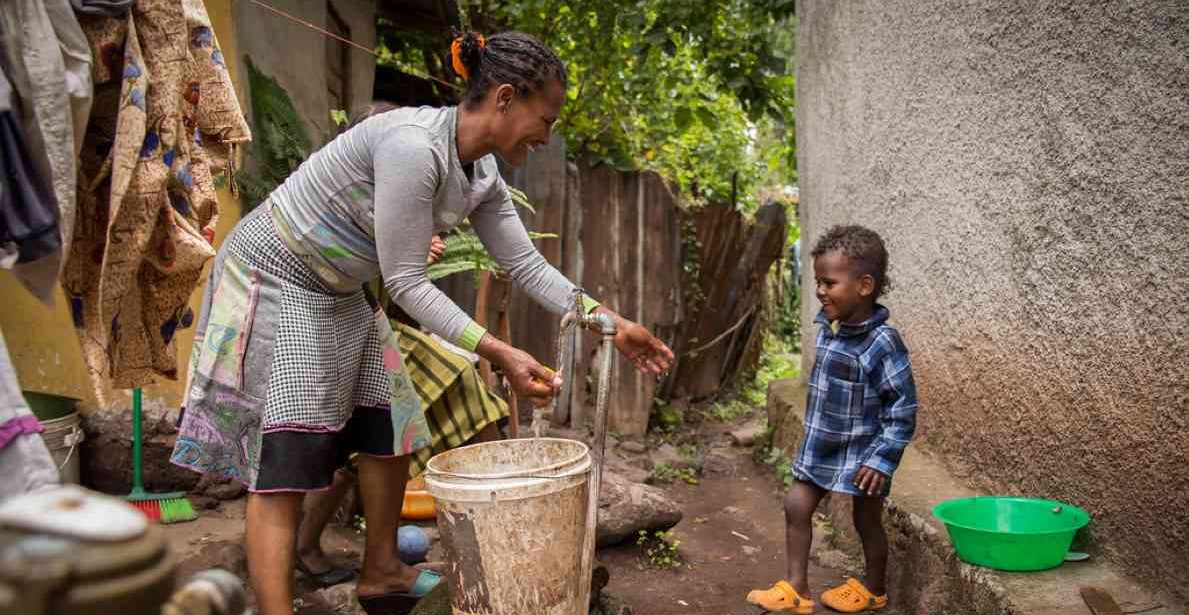TACOMA, Washington – Millions of people around the world lack access to clean and safe drinking water, which has serious global health implications. The effects go further than just health. Inadequate access to clean water exacerbates poverty in developing countries and affects, among other things, food security and economic growth. The US Global Water Strategy was launched in 2017 with the aim of “creating a water-safe world in which people have a sustainable water supply in sufficient quantity and quality to meet the needs of people, the economy and the ecosystem.” The strategy is required by the Water for the World Act of 2014. Therefore, these efforts include high priority countries designated by law. Several agencies and departments, led by the US State Department and USAID, help develop and execute the strategy.
The water for the world act
The Water for the World Act was passed in 2014. This Act directs the US to be the world leader in improving global water and sanitation, as these are critical resources that affect many aspects of an individual’s life. The law stipulates that the USAID administrator should also act as USAID’s global water coordinator. This role requires that the administrator revise USAID’s portion of the global water strategy at least every five years and expand USAID’s water and sanitation programs in high priority countries.
USAID compiles a list of high priority countries receiving water and sanitation aid under the strategy. For 2021 USAID has renamed the same 18 countries that were selected for prioritization in 2020. These high priority countries will be assessed every five years to determine progress. USAID is also launching country-specific plans outlining USAID’s investment strategy for the next five years to improve water safety, sanitation and sanitation. With the COVID-19 pandemic, the speed of implementation is more important than ever.
High priority countries
In an interview with The Borgen Project, Patricia Mantey, USAID’s water and sanitation advisor, stated that in selecting high priority countries, “The US government will focus its efforts on those countries where needs and opportunities are greatest where U.S. engagement can best protect our national security interests. “Because of these criteria, high priority countries are constantly changing.
The US’s foreign policy interests also determine which countries receive water support. Decision-makers tend to countries where improved infrastructure can be mutually beneficial and sustainable in the long run. Four factors qualify high priority countries as defined by Mantey: the level of needs, the host country’s ability to work with the United States, ways to leverage U.S. private sector support, and the ability to improve the quality of life of women and girls .
USAID strategy
USAID works to improve water quality in two ways. The first method Mantey defines as improving people’s drinking water service. For example, if you move away from sources of drinking water such as unprotected springs and rivers, as these sources pose safety risks and are very likely to be contaminated. Instead, these sources should be replaced with a safer water source such as a tap water system that is monitored and managed for water quality.
Second, USAID is working to reduce water pollution by improving sanitation. USAID does not monitor water quality directly, but pursues improved access to sustainable water sources and improved sanitation.
Impact and Achievements
At the global level, global progress was made within the first two years of the implementation of the strategy. Between 2018 and 2019, 11.6 million people gained access to sustainable sources of drinking water.
In addition, 10.6 million people were able to gain access to sustainable sanitary facilities in the same period. These achievements are the result of joint efforts under the Global Water Strategy aimed at improving water and sanitation around the world.
Water for the world
Former World Vision President Richard Stearns said, “The Water for the World law is a fine example of how our nation’s leaders come together to work on this critical piece of the poverty puzzle.” The global water strategy recognizes this Power of water access. It states: “Water can be a means of strengthening governance, civil society engagement and resilience at all levels.” With the Water for the World Act and the Global Water Strategy, the US is demonstrating its commitment to improving access Water and sanitation and for the contribution to the fight against global poverty.
– Kate Lucht and Laney Pope
Photo: Flickr


Comments are closed.